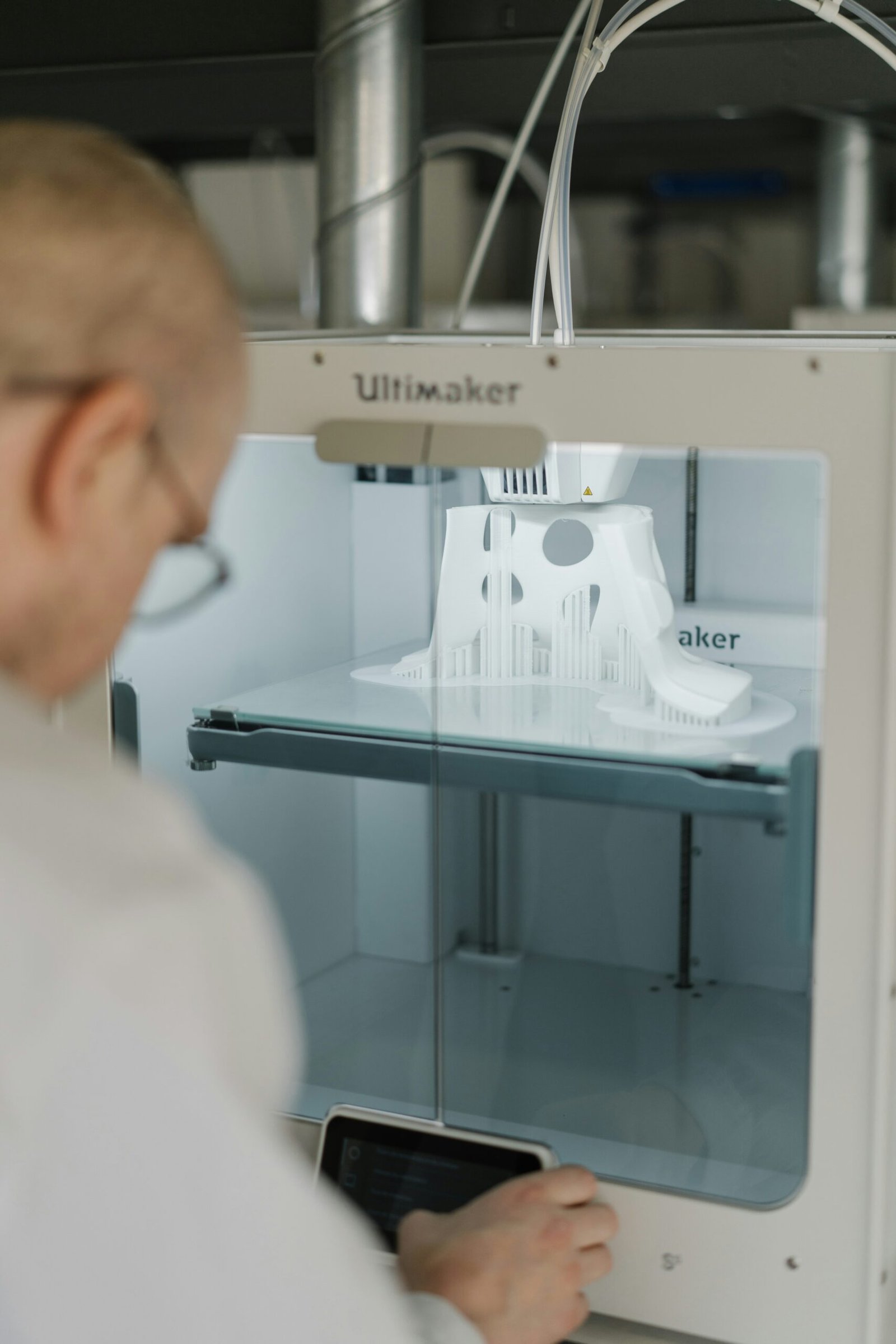Your cart is currently empty!

The Sky’s the Limit: China’s 3D-Printed Turbojet Engine Soars
Ok, I know we usually don’t focus on ONE event in a whole entry, but babes… this one’s worth it.
In a monumental leap for both 3D printing and aviation, Chinese engineers have achieved what many thought impossible: a fully 3D-printed turbojet engine that not only exists but has flown. This isn’t a prototype or a concept; it’s a real, functional engine that took to the skies and delivered.
🔬 The Innovation Behind the Engine
Developed by the Aero Engine Corporation of China (AECC), the Minimalist Lightweight Micro Turbojet Engine was produced using advanced additive manufacturing techniques. The design process incorporated multidisciplinary topology optimization, a computational approach that determines the most efficient material distribution within a part’s geometry. This method enabled the creation of a lightweight yet robust engine capable of delivering 160 kilograms of thrust.
The engine’s maiden flight took place in Inner Mongolia, reaching an altitude of 4,000 meters (13,000 feet). This achievement marks China’s first flight-validated turbojet engine in the 160-kilogram thrust class produced entirely through additive manufacturing.
🧠 Why This Is Mind-Blowing
• Single-Piece Construction: Traditional jet engines consist of numerous components assembled together. In contrast, this engine was produced as a single integrated unit, eliminating the need for joints and fasteners.
• Material Innovation: Manufactured using Inconel, a superalloy known for its strength and heat resistance, the engine demonstrates the potential of 3D printing in producing complex aerospace components.
• Simplified Production: This approach simplifies production, reduces manufacturing time, and minimizes failure risks, marking a major advancement in additive manufacturing for the aerospace sector.
• Strategic Implications: For China, this development addresses a longstanding issue: reliance on foreign engine suppliers. Producing high-performance turbine components has historically required advanced materials and manufacturing techniques that China has struggled to fully domesticate. By shifting to additive processes, manufacturers may be able to bypass some of the technical bottlenecks that have slowed the country’s progress in jet engine development.
🌍 Broader Implications
This achievement isn’t just a technical milestone; it has far-reaching implications:
• Global Aerospace Industry: The success of this 3D-printed engine could inspire other nations and companies to explore additive manufacturing for aerospace applications, potentially leading to more efficient and cost-effective production methods worldwide.
• Supply Chain Resilience: By reducing dependence on traditional manufacturing processes and materials, 3D printing can enhance the resilience of supply chains, particularly in critical industries like aerospace.
• Environmental Impact: Additive manufacturing can lead to more sustainable production methods by reducing material waste and enabling the use of recycled materials, contributing to environmental conservation efforts.
🧭 Final Thoughts
The successful flight of China’s 3D-printed turbojet engine is a testament to the transformative potential of additive manufacturing. It showcases how this technology can revolutionize industries by enabling the production of complex, high-performance components with unprecedented efficiency and precision.
For those in the 3D printing community, this achievement serves as both an inspiration and a challenge. It pushes the boundaries of what is possible and invites us to think creatively about how we can apply additive manufacturing to solve real-world problems.
As we look to the future, the integration of 3D printing into critical sectors like aerospace promises to unlock new possibilities and redefine the landscape of manufacturing. The sky is no longer the limit – it’s just the beginning.
That’s a wrap. Some pretty cool stuff, huh… I know I usually tell you to hurry on up and go print something, and I still want you to do that, but don’t get any ideas, ok? No jetpacks, no turbo engines, no mini rockets for your cats, or anything like that, yeah? Not yet, at least. Go print a mug or something, pour yourself some chamomile tea and relax. Go!

Leave a Reply